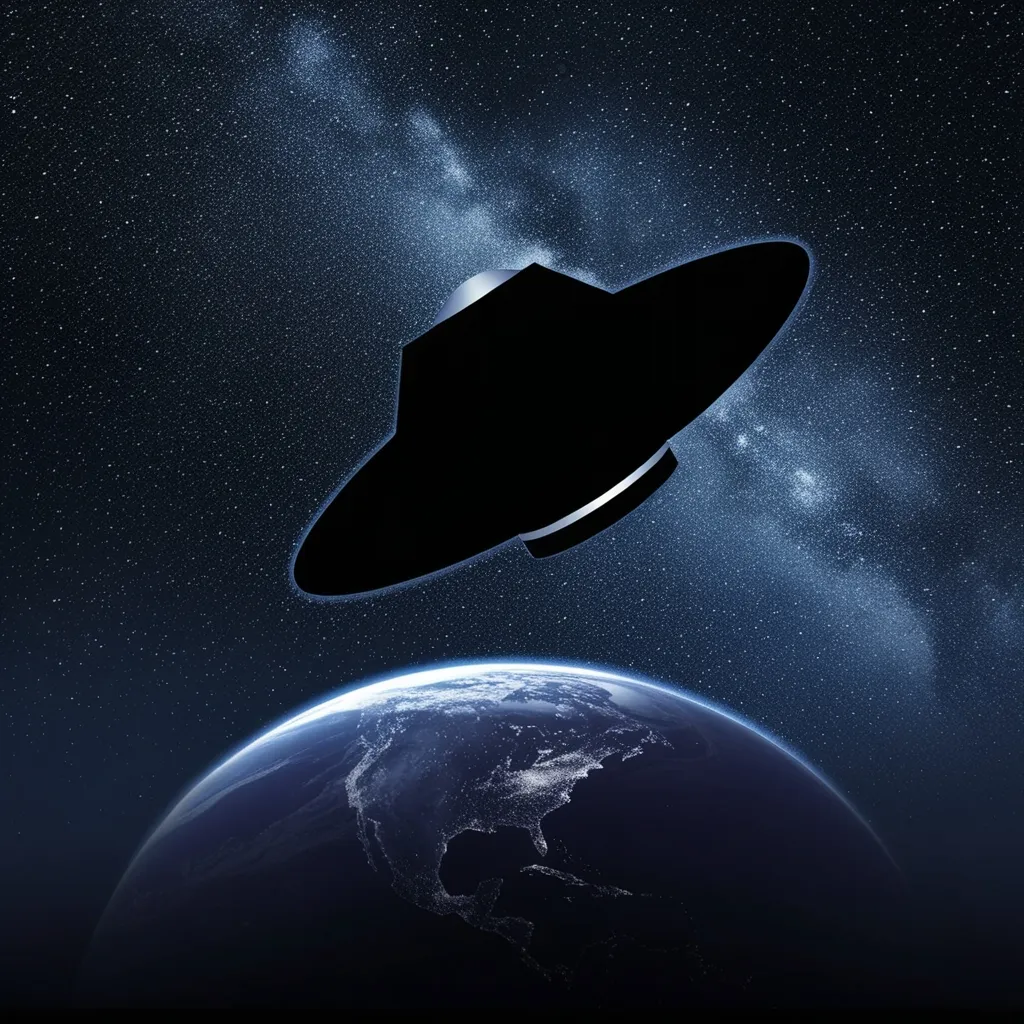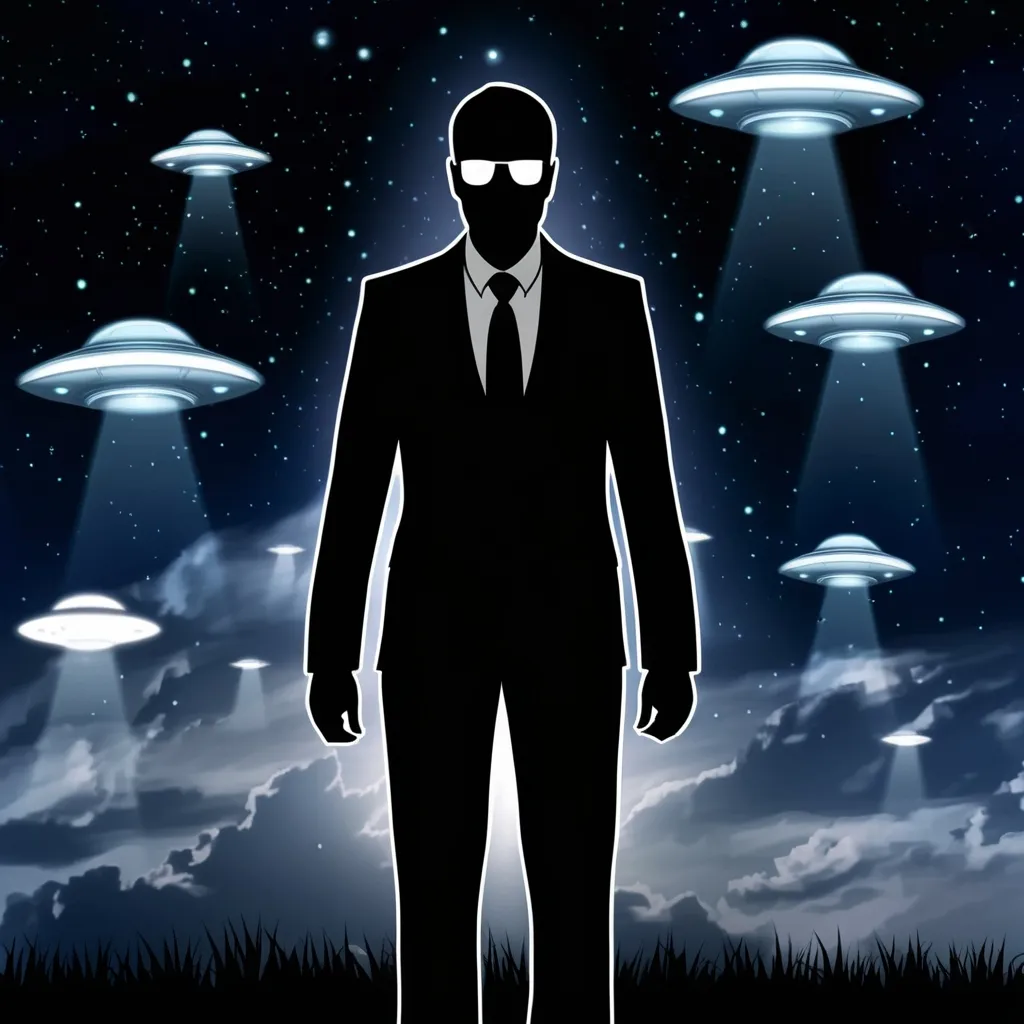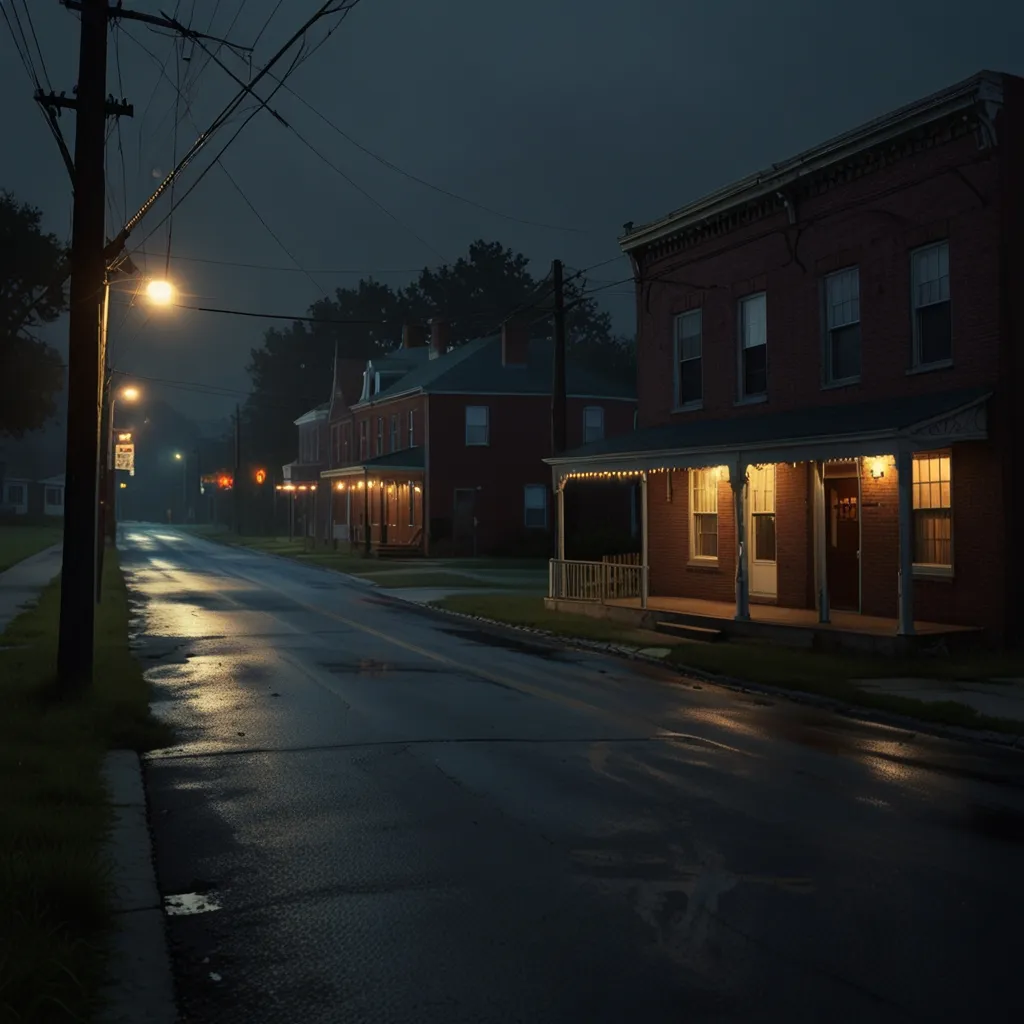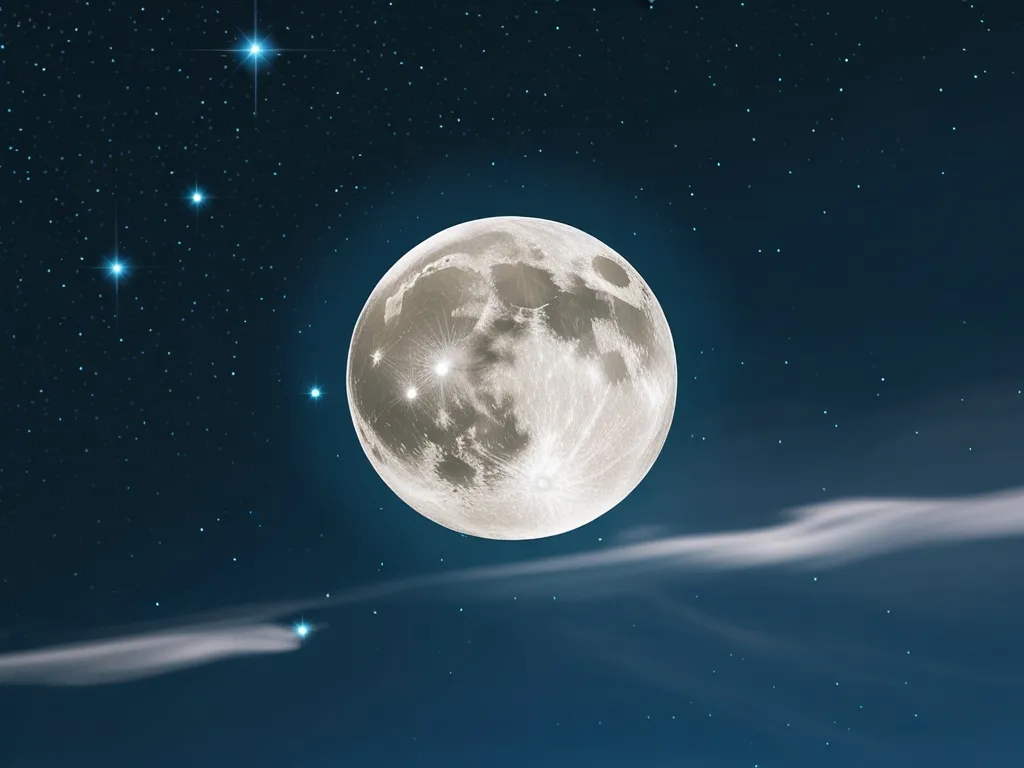Space is full of mysteries, and one that’s grabbed people’s attention for years is the Black Knight satellite. It’s a wild story that’s part conspiracy theory, part sci-fi dream, and a whole lot of “what if?” rolled into one.
So, picture this: way back in the late 1800s, the brilliant but eccentric Nikola Tesla claimed he picked up some weird signals during his experiments. He thought they might be from aliens. Yeah, you heard that right - aliens. This was way before we had smartphones or even regular phones in every home, so you can imagine how crazy that sounded.
Fast forward a few decades, and we’ve got this Norwegian engineer, Jørgen Hals, hearing radio echoes that took way too long to bounce back. Some folks reckon these were messages from an alien spaceship. I mean, why not, right?
Now, here’s where things get really interesting. In the 1950s and 60s, UFO sightings were all the rage. Everyone and their grandma seemed to be spotting flying saucers. This guy Donald Keyhoe, who was super into UFOs, said the U.S. Air Force had found two satellites orbiting Earth. The kicker? No country on Earth could launch satellites back then. Cue the spooky music!
But wait, there’s more! In 1960, Time magazine reported that the U.S. Navy spotted a dark object in space. They first thought it was a Soviet spy satellite, but it turned out to be just a piece of a U.S. satellite that went off course. Boring, right? Well, not for the conspiracy theorists. They were like, “Nah, that’s what they want you to think!”
The plot thickens in 1998 when NASA’s space shuttle mission STS-88 snapped a photo that got everyone talking. It showed this weird, dark thing floating in space. UFO enthusiasts were jumping for joy, thinking they finally had proof of the Black Knight satellite. But NASA was quick to burst that bubble, saying it was just a thermal blanket that got loose during the mission. Talk about a letdown!
But here’s the thing - even with all the logical explanations, people still love the idea of the Black Knight satellite. It’s like that urban legend that just won’t die. Why? Well, it’s simple - we humans love a good mystery, especially when it involves the possibility of alien life.
Think about it. Space is huge, like mind-bogglingly huge. We’ve barely scratched the surface of what’s out there. So when someone says, “Hey, there might be an ancient alien spacecraft watching us,” it’s hard not to get a little excited. It’s way more fun than thinking about boring old space junk, right?
And let’s be real, the idea of not being alone in the universe is both awesome and terrifying. Are we the only intelligent life out there? Or is some advanced alien civilization keeping tabs on us like we’re their favorite reality TV show? These are the kind of questions that keep you up at night, staring at the stars and wondering.
The Black Knight satellite story is like a perfect storm of human curiosity, our love for a good conspiracy, and our deep-seated desire to believe there’s more out there than just us. It’s got all the ingredients of a blockbuster sci-fi movie - mysterious signals, unexplained sightings, and the tantalizing possibility of alien contact.
But here’s where we need to pump the brakes a bit. As much as we’d all love for the Black Knight satellite to be real (come on, how cool would that be?), the facts just don’t add up. When you start digging into the details, you find that a lot of the “evidence” is just a bunch of unrelated stories that have been stitched together over time.
For example, there was a British rocket called the Black Knight used in the late 50s and early 60s. But it has absolutely nothing to do with our mystery satellite. It’s just a coincidence that they share the same name. And remember that photo from the space shuttle mission? Well, space experts have looked at it closely and say it’s just a piece of space junk that looks weird because of the angle and lighting. Not quite as exciting as an alien spacecraft, huh?
But you know what? Even if the Black Knight satellite isn’t real, the legend around it is still pretty fascinating. It shows how our imaginations can run wild when we’re faced with the unknown. And let’s face it, space is about as unknown as it gets.
The Black Knight story also taps into our hopes and fears about what might be out there. On one hand, the idea of an advanced alien civilization watching over us is kind of comforting. Like having a big brother in the cosmos. But on the other hand, it’s also a bit creepy. I mean, what if they’re not friendly? What if they’re just waiting for the right moment to swoop down and say, “Hey Earth, your time is up!“?
In the end, whether you believe in the Black Knight satellite or not, you’ve got to admit it’s a pretty cool story. It’s got everything - mystery, intrigue, the possibility of alien life. It’s the kind of thing that makes you look up at the night sky and wonder, “What if?”
And really, that’s what space exploration is all about. We might not have found any evidence of alien life yet, but we’re still looking. Every new discovery, every new planet we find, brings us one step closer to answering that big question: Are we alone?
So the next time you’re outside on a clear night, take a moment to look up at the stars. Maybe, just maybe, you’ll catch a glimpse of something strange moving across the sky. It probably won’t be the Black Knight satellite, but hey, you never know. In a universe as big and mysterious as ours, anything is possible.
And that’s the real beauty of stories like the Black Knight satellite. They remind us that there’s still so much we don’t know, so much left to explore. They keep our sense of wonder alive, pushing us to look further, to ask questions, to seek out the unknown.
So while the Black Knight satellite might not be real, the curiosity and imagination it inspires definitely are. And who knows? Maybe one day we’ll make a discovery that’s even more incredible than a 13,000-year-old alien satellite. Until then, we’ll keep watching the skies, wondering what secrets the universe still holds.
Because in the end, it’s not really about whether the Black Knight satellite exists or not. It’s about the journey of discovery, the thrill of exploration, and the endless possibilities that lie beyond our little blue planet. It’s about looking up at the stars and daring to dream big. And in that sense, the legend of the Black Knight satellite will live on, inspiring future generations to reach for the stars and uncover the mysteries of the cosmos.






